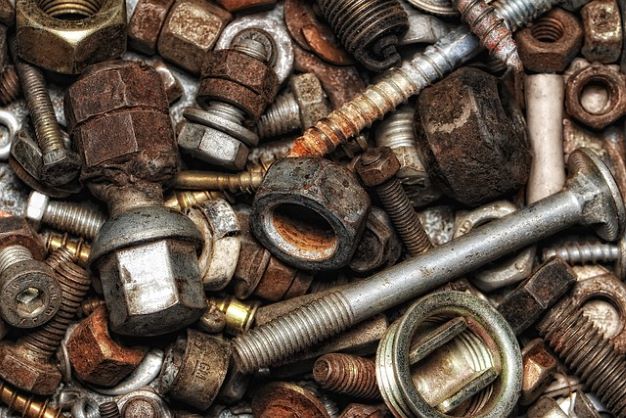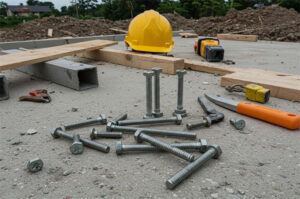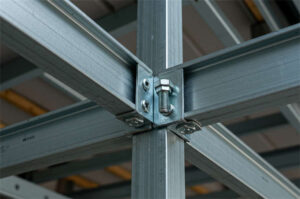A Step-by-Step Guide to Removing Rust from Bolts and Nuts
Rust is a common problem for metal which also happens on bolt assembly and other fasteners. Rust does not only weaken the structural integrity of fasteners but it’s also a pesky problem that makes it difficult to work with during removal or maintenance. Fortunately, it is a detectable form of deterioration on fasteners, and removing early signs of rust is possible to prevent permanent damage to the material. Here are some helpful step-by-step guides on how to successfully remove rust from bolts and nuts to restore its natural degree of effectiveness.
Prepare the following materials:
- Rust penetrant spray
- Wire brush or steel wool
- Rust remover solution (like vinegar or citric acid)
- Pliers or wrench
- Safety goggles and gloves
- Rust converter (optional)
- Lubricating oil or anti-rust spray
The step-by-step guide to rust removal
- Before the process of removing rust on bolts and nuts, safety is a primary concern for any worker thus make sure to put on safety goggles and gloves to protect the eyes and skin from chemicals and debris on products that will be used.
- Rust penetrants should be applied in a generous amount on rusty parts of bolts and nuts, and leave to sit for 15-20 minutes. Spraying rust penetrants on the assembly helps in loosening the rust for easy removal.
- When the rust penetrant has done its work, get on turning the bolts and nuts using tools like wrench or pliers for removal. Remember to turn them gently or not use excessive force, it should easily strip away as threads will feel free from bulging.
- Once the tools are removed from the assembly, you can brush off excess rust with a wire brush or steel wool. Work more on areas with larger rust infestation to scrub away all of the visible accumulation of rust.
- Use a rust remover solution for stubborn rust. Fill a container with vinegar or citric acid solution and soak the bolts and nuts overnight or for several hours until the rust has dissolved from its body.
- After soaking the fasteners in the solution scrub them once more to completely remove any rusting on the surface. For extra protection you may also use a rust converter, this product is a treatment that converts remaining rust into a stable compound to create a primer-like coating in the body of bolts and nuts.
- Finally, lubricate the cleaned bolts and nuts before or during installation as this will help in application and prevent future rust from happening again. More importantly, conducting regular maintenance on the bolts and nuts can keep rust from reoccurring and corroding the metal of the fasteners. Keep them clean, dry, and lubricated to prevent rust, or consider using stainless steel and galvanized fasteners for good resistance to rust and corrosion.
With the right tools and techniques rust can be easily dealt with to restore the optimal condition of bolts and nuts. Following the step-by-step guide to removing rust will allow several users to effectively experience the benefits of these helpful devices. And always remember to take extra precautions for safety purposes when working with the rust removal process on bolts and nuts. Regularly maintain the fasteners by lubricating and cleaning them off of corrosive elements to keep them functioning.
For more helpful fastening tips and tricks, contact us today so that we can support you with the data and information. We also provide high-quality industrial fasteners for a wide range of applications in industries and sectors, visit Prince Fastener Manufacturing Co., Ltd. now!














